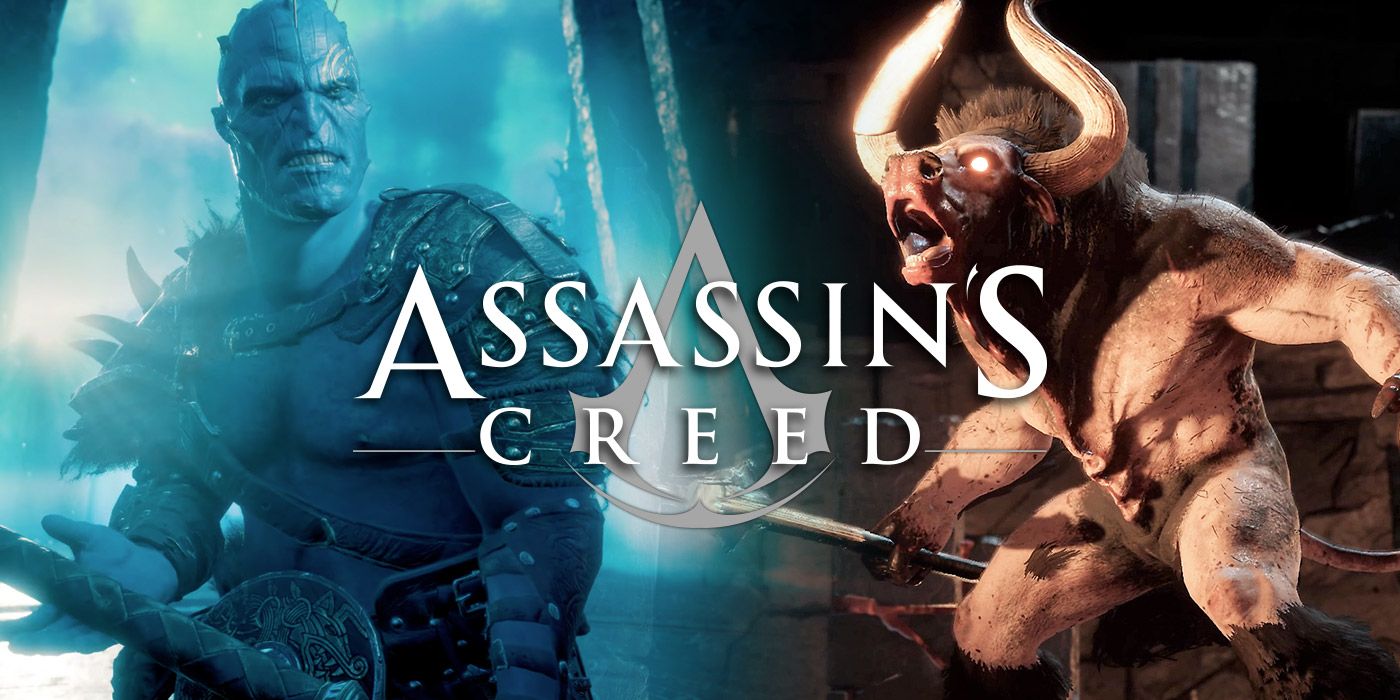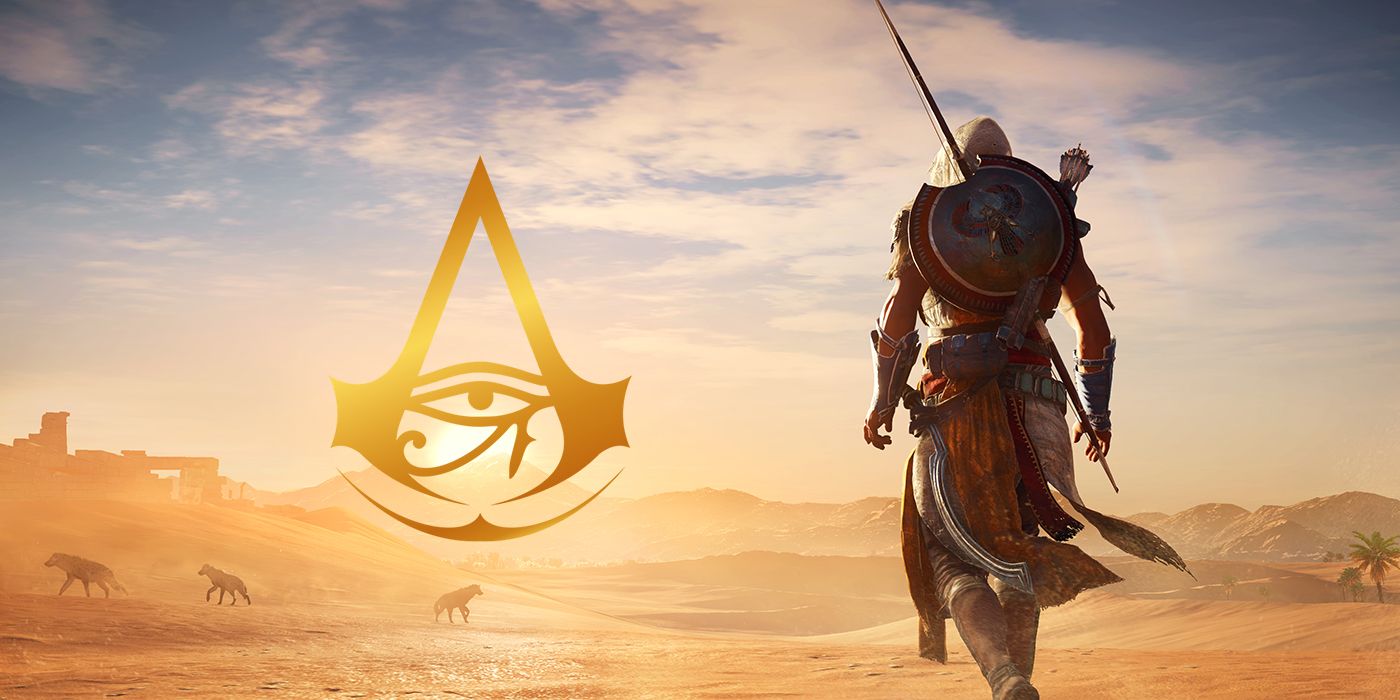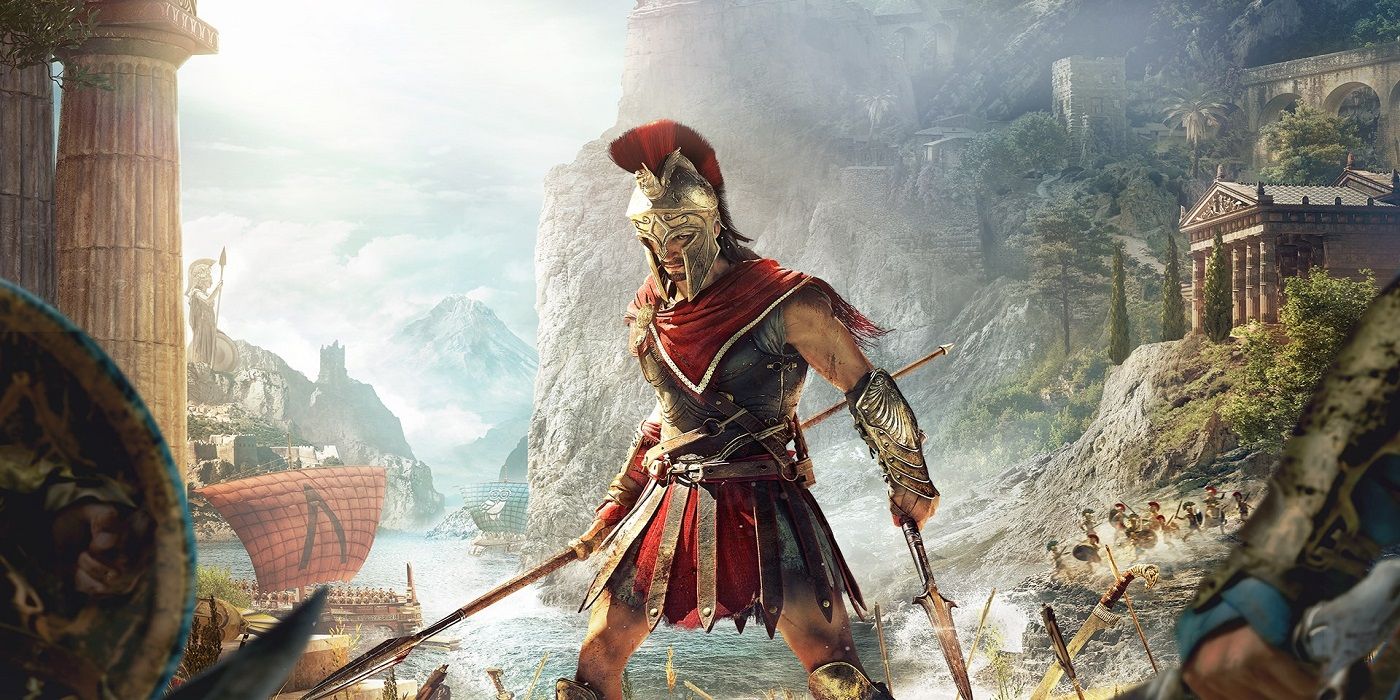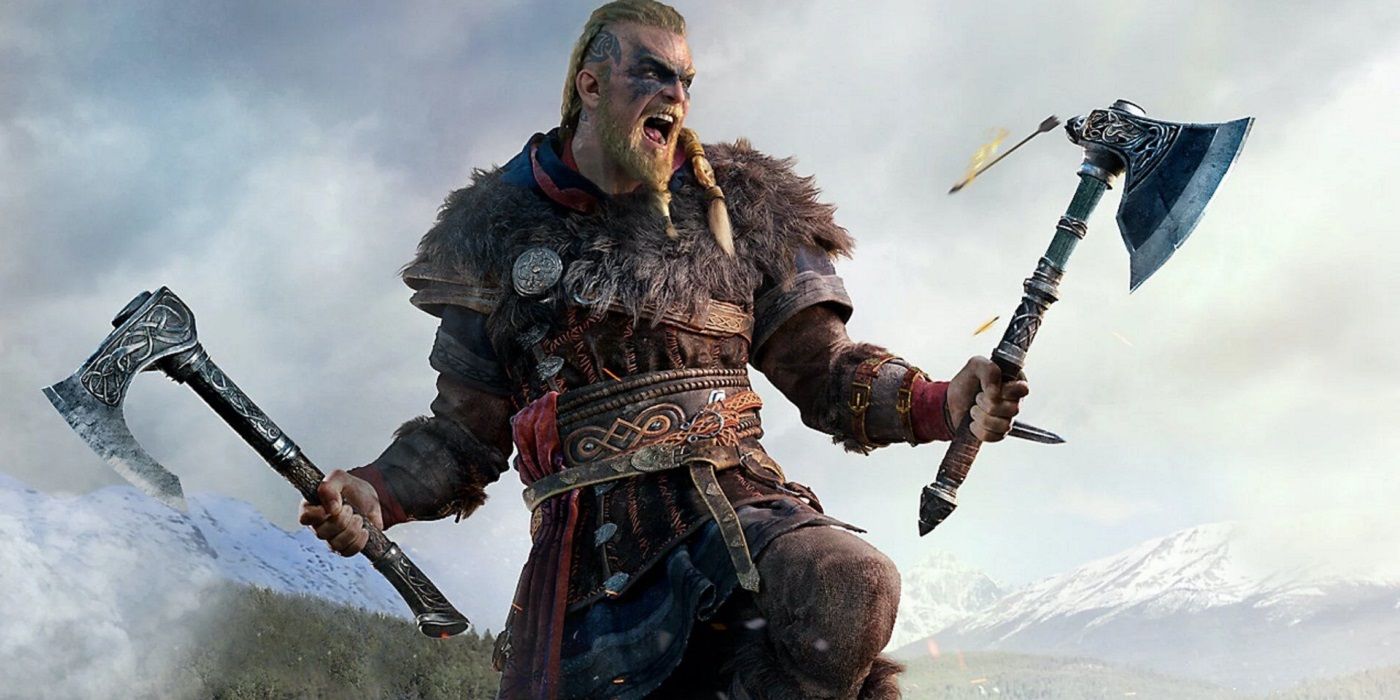The Assassin's Creed series has been marked by its stealth-based gameplay for years, but one of the biggest narrative aspects of the franchise is how it deals with the mythical and supernatural. This supernatural aspect of the Assassin's Creed series largely revolves around a group of ancient beings known as the Isu, who are responsible for the various Pieces of Eden that are often wielded as powerful weapons by the end of most Assassin's Creed games. These Isu narratives can sometimes get a little convoluted, but they're a key aspect of the Assassin's Creed lore and part of what makes the franchise so narratively compelling.
In recent years, the Assassin's Creed series has seen a massive shift in both gameplay and storytelling. The stealth gameplay of AC and supernatural stories are still there, but there's been a stronger focus on implementing RPG elements, while simultaneously leaning more into mythology. This focus on mythology has been greatly assisted by the fact that the past three Assassin's Creed games; Origins, Odyssey, and Valhalla, have been set in the most mythologically rich cultures in history. This has given the Assassin's Creed series the chance to adapt iconic mythological creatures into the world of video games, and the team at Ubisoft has not wasted this opportunity.
Assassin's Creed Origins
When Assassin's Creed Origins released in 2017, it promised to shake up the Assassin's Creed formula in a way that fans had never seen before. The game introduced a more robust combat system that relied on well-timed parries and strikes, and it would be bringing players to the earliest era in franchise history; Ancient Egypt around 49 BC. Origins took this era and did everything it could to immerse the player in the culture and history of the time, and Ubisoft took special care to make sure that the rich mythology of Ancient Egypt was on display.
Assassin's Creed Origins dove headlong into the mythology of Ancient Egypt by pulling players a little farther away from the historical realism that is usually associated with the series. In one of the first trailers for the game, it was revealed that players would be able to encounter a giant snake. It should be said that this particular sequence takes place in a dream, but it draws heavily on Ancient Egyptian mythology. The game's DLC leaned even more heavily into Egyptian mythology by introducing undead pharaohs, giant scorpions, and Anubis warriors.
Assassin's Creed Odyssey
After the success of Assassin's Creed Origins, Ubisoft went all in on the mythological approach with Assassin's Creed Odyssey. Taking players to Ancient Greece during the Peloponnesian War, Odyssey had perhaps one of the biggest sample sizes of mythology to draw inspiration from. The Greek pantheon of gods and goddesses are some of the most recognizable to this day, and the creatures that fall in between are often just as iconic. Even if Odyssey was sometimes criticized for having an open world that was too open, the way it incorporated Greek myth into the story was rather compelling.
The main instances of mythology in AC Odyssey come when the player discovers the existence of Atlantis. Once the player begins the quests that revolve around the lost city, they encounter some of the most legendary mythical creatures in Greek mythology. These creatures are the Cyclops, Medusa, the Minotaur, and the Sphinx, and they all pose their own unique challenges. As is the nature of the Sphinx, players must answer a series of riddles in order to defeat the beast, while the other three encounters are much more violent. One of the standout battles comes from Medusa, where players must constantly avoid her gaze while whittling down her substantial health bar.
Assassin's Creed Valhalla
The most recent entry in the Assassin's Creed franchise, Assassin's Creed Valhalla, fulfilled a years long desire of many fans to tackle to the era of Vikings, specifically the Viking invasion of Britain in the late 800s AD. Not only did the game bring with it savage combat that many fans had been craving, but it followed in the footsteps of Origins and Odyssey by incorporating Norse mythology into the story. Thanks to games like God of War (2018), Norse culture and mythology has seen a boost in interest within the gaming community, and Valhalla took advantage of this when including certain Norse creatures.
When it comes to the incorporation of mythology in Valhalla, the game was not shy about incorporating as much as it could about Asgard and Odin. One of the more peaceful creatures that is included in the game is the four stags of Yggdrasil. The creatures don't play a major role in the story, but they do lead the player to some nice loot and serve as a deep cut for Norse mythology fans. One of the more recognizable creatures that players are forced to face in Valhalla is the wolf Fenrir. In mythology, the wolf serves as a major threat to Odin, and the game creates its own spin on this by making the player encounter the wolf in visions.
The Assassin's Creed series has certainly committed to a sort of rebrand at this point, and it seems to be working out for the most part. Some longtime fans of the series might always have gripes on the changed combat and progression mechanics, but the changes in storytelling have remained pretty remarkable. Putting a greater emphasis on mythology has created a number of visually captivating moments, and at times the inclusion of certain creatures makes for some of the best battles in the series. It's too soon to say where the next Assassin's Creed game will go, but hopefully it will be just as mythologically rich.
Assassin's Creed Valhalla is available now for for PC, PS4, PS5, Stadia, Xbox One, and Xbox Series X|S.




